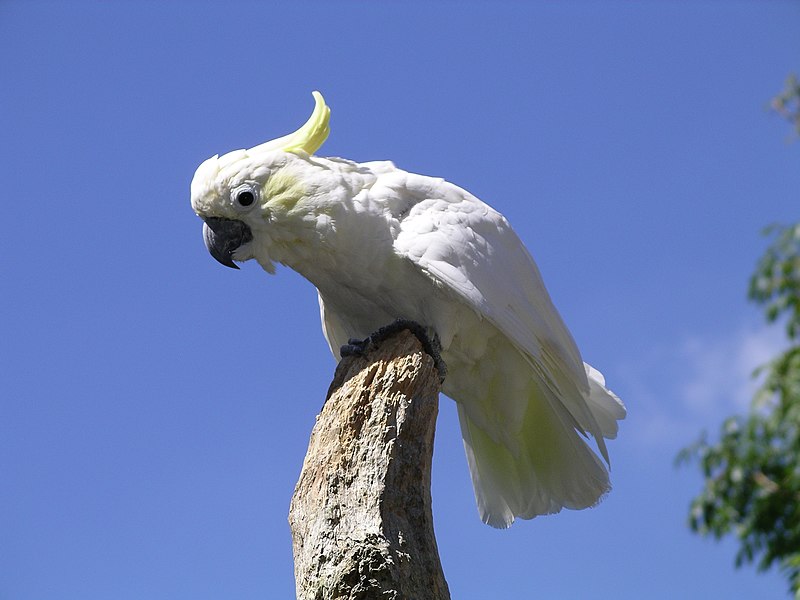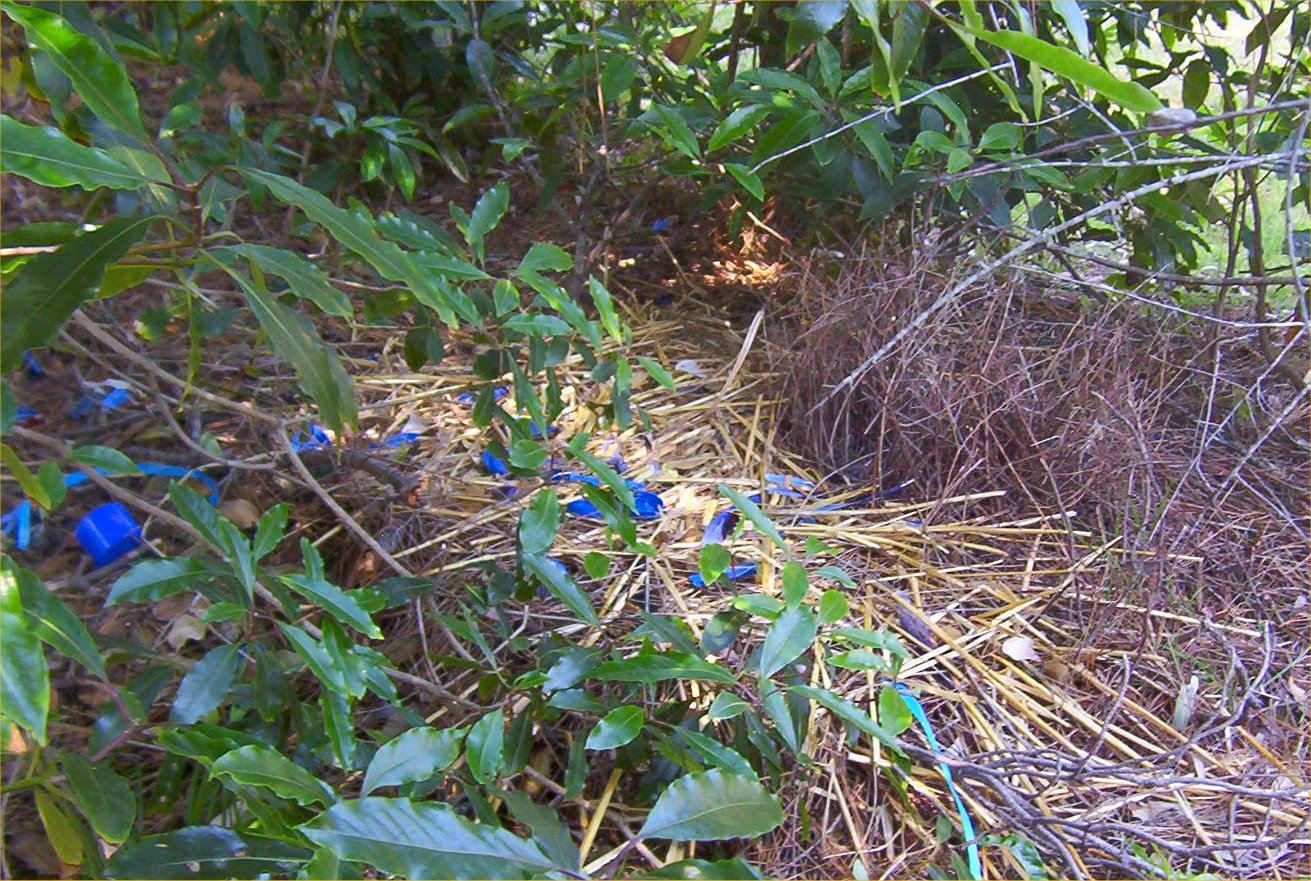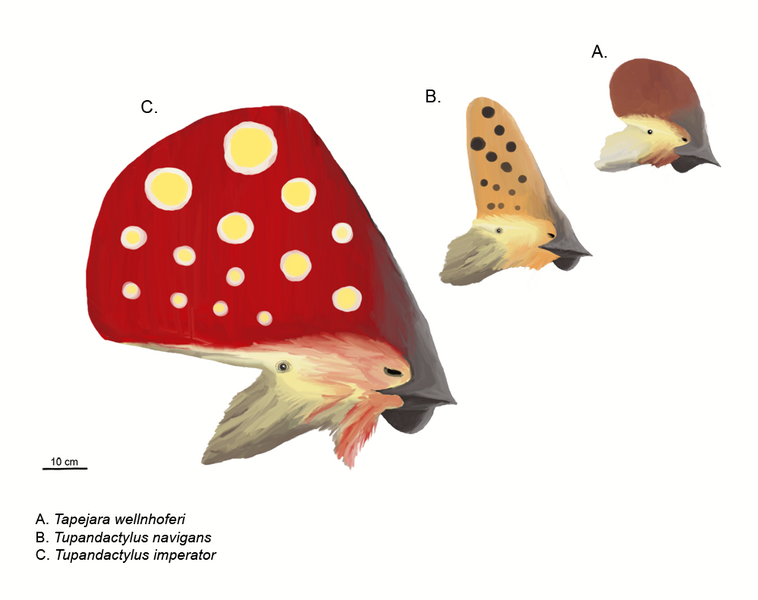 A pair of highly endangered Forest Red-Tailed Black Cockatoos, Calyptorhynchus banksii naso, has hatched a chick in an artificial nest box located in Perth, Australia. The box was erected as part of a conservation effort launched by the Western Australian Museum and Murdoch University. The nesting is significant because it represents both the first time this species has accepted an artificial nest and the first known breeding in an urban setting.
A pair of highly endangered Forest Red-Tailed Black Cockatoos, Calyptorhynchus banksii naso, has hatched a chick in an artificial nest box located in Perth, Australia. The box was erected as part of a conservation effort launched by the Western Australian Museum and Murdoch University. The nesting is significant because it represents both the first time this species has accepted an artificial nest and the first known breeding in an urban setting.
Unique Threats and Considerations
The Forest Red-Tailed Black Cockatoo faces “typical” problems such as habitat loss, but is also plagued by several unique threats and an unusual breeding biology…all of which complicated the formation of a recovery plan.
Black Cockatoos have very specific nest-site requirements, and once a suitable nesting hollow is located a pair generally uses it for many years. Over the past several decades, Black Cockatoos in natural habitats have come under pressure from burgeoning populations of feral honeybees and of other cockatoo species, including Galahs and Corellas. These aggressive insects and birds take over Black Cockatoo nests and severely impact the species’ ability to reproduce. Read More »
 That Bird Blog – Bird Care and History for Pet Birds
That Bird Blog – Bird Care and History for Pet Birds


 Researchers first tested the personalities of female Zebra Finches by monitoring reactions to novel objects and their willingness to explore new surroundings. Females that were judged to have “exploratory personalities” were then allowed to view pairs of male Zebra Finches as they were offered the chance to explore. One male was able to roam at will, but the other’s movements were restricted by a clear box that was invisible to the females. The restrained male therefore appeared “less willing” to explore.
Researchers first tested the personalities of female Zebra Finches by monitoring reactions to novel objects and their willingness to explore new surroundings. Females that were judged to have “exploratory personalities” were then allowed to view pairs of male Zebra Finches as they were offered the chance to explore. One male was able to roam at will, but the other’s movements were restricted by a clear box that was invisible to the females. The restrained male therefore appeared “less willing” to explore. An earlier Zebra Finch study in the UK found that nesting success was greatest where both parents shared personality traits such as aggressiveness or a willingness to explore. Partners that differed in personality did not raise as many chicks as did well-matched pairs.
An earlier Zebra Finch study in the UK found that nesting success was greatest where both parents shared personality traits such as aggressiveness or a willingness to explore. Partners that differed in personality did not raise as many chicks as did well-matched pairs.